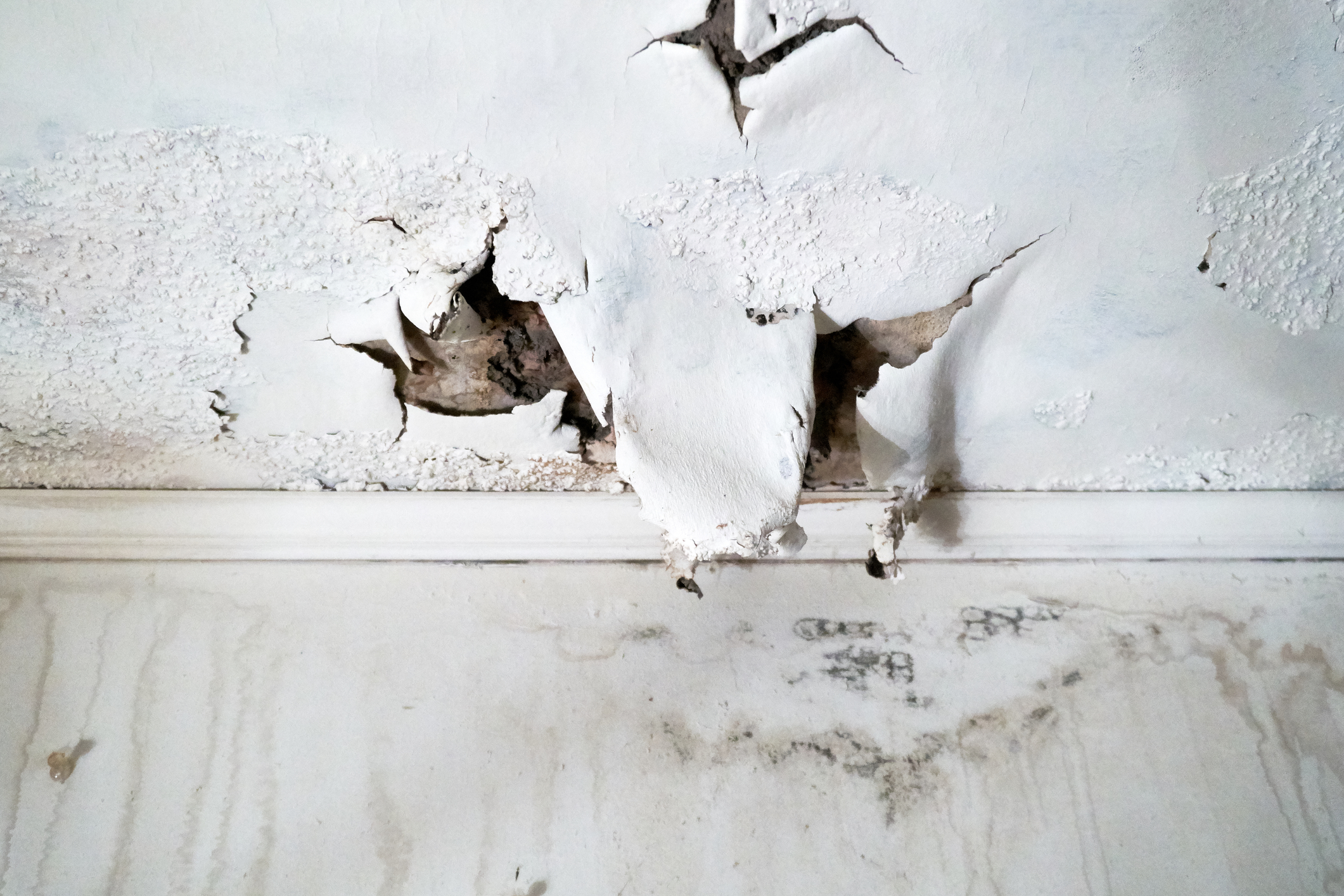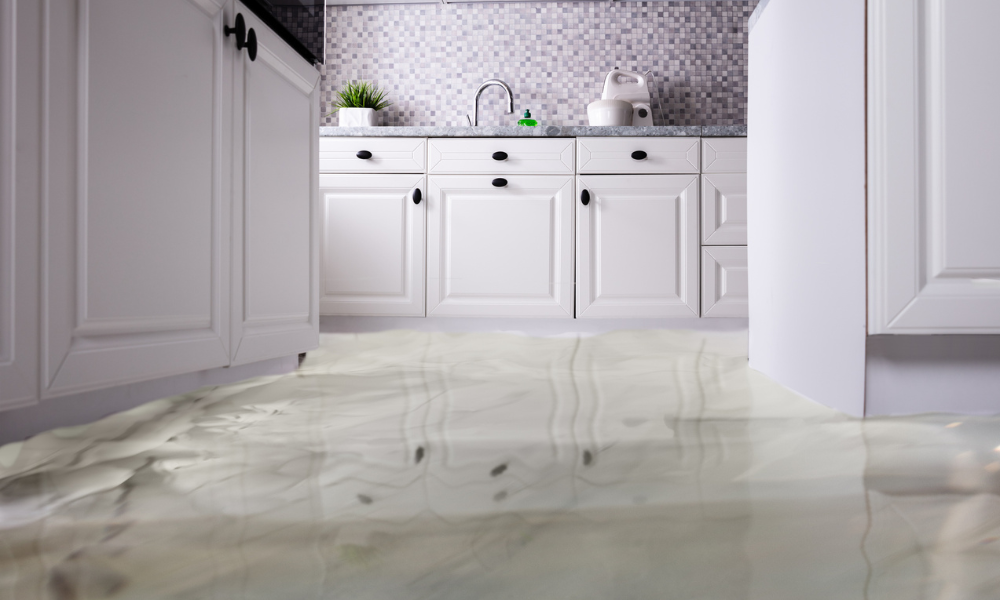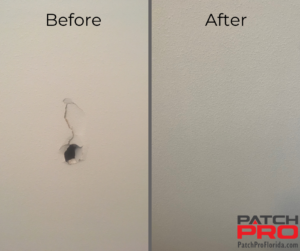In the aftermath of Hurricanes Helene and Milton, many homeowners in the Tampa area grapple with flooding and water damage. The destructive force of such natural disasters can lead to many immediate and long-term issues that require swift and informed action. This blog post offers practical advice for homeowners dealing with water damage, helping you restore your home efficiently and safely.
Stay Safe and Act Quickly
The first and foremost priority in the aftermath of flooding is ensuring safety. It might be tempting to jump straight into action, but safety considerations should guide every step. Refrain from entering flooded areas without ensuring the structural integrity of your home. Wear protective gear like boots and gloves to prevent injuries or infections.
Time is of the essence when dealing with water damage. Mold can begin to grow within 24 to 48 hours, so act quickly to mitigate damage. According to the Federal Emergency Management Agency (FEMA), immediate action can significantly reduce recovery costs and effort. Assessing the damage and taking preventive measures are your highest priorities.
Turn Off Utilities
Flooding can damage electrical, gas, and water systems in your home. Turn off utilities to prevent further dangers, like electrical shocks, gas leaks, or fire hazards. Once it’s safe, hire a professional to inspect these systems to ensure everything works properly before turning utilities back on.
If you smell gas or suspect a leak, leave the area immediately and notify the authorities. Water can also saturate electrical circuits, posing electrocution risks. Be vigilant and inspect circuits thoroughly before using any appliances.
Document the Damage
Before starting any cleanup, document the damage thoroughly for insurance purposes. Take clear photographs and videos of all affected areas and items. This documentation will be invaluable when filing an insurance claim.
Details matter, so don’t overlook documenting less obvious damage. Photograph watermarks on walls, soaked flooring, and any possessions affected. Keep records of correspondence with insurance companies and contractors to support your claims and ensure a smooth process.
Remove Standing Water
Standing water can cause significant structural damage and serve as a breeding ground for mold, making it imperative to act quickly following a flood. Start by assessing the extent of the water accumulation. Depending on the volume of water, you may need specialized tools such as pumps, wet vacuums, or even simple buckets to remove the water effectively. If necessary, enlist the help of friends or family to expedite the process, as working together can make this challenging task more manageable. Be attentive to hazardous materials, and remember to dispose of any contaminated items according to local regulations to avoid health risks.
Once the standing water has been removed, it is essential to maintain proper drainage around your home. Clear any debris from gutters, downspouts, and drainage systems to prevent future flooding and improve water flow. Regular maintenance in this area can safeguard your property from similar issues in the future, allowing you to enjoy peace of mind during stormy seasons.
Keep windows and doors open to enhance airflow, further facilitating drying. Utilizing fans or dehumidifiers in the affected areas will significantly reduce moisture levels, minimizing the risk of mold and mildew growth. By taking the appropriate steps, you can help your home recover more efficiently from water damage, ensuring a safer and healthier living environment for you and your family.
Dry Out the Area
Once the standing water has been removed, it’s vital to dry out the area as quickly as possible to prevent further damage. Start by opening windows to promote natural ventilation and enhance air circulation. Using fans strategically positioned throughout the space can significantly aid in drying surfaces, while dehumidifiers work to reduce moisture levels effectively. This combination helps create an atmosphere less conducive to mold and mildew growth.
In addition to visible areas, inspect hidden spaces such as under flooring and behind walls, where moisture can remain trapped and potentially lead to mold infestations. Be thorough in your inspection efforts, as moisture in these less accessible areas can quickly go unnoticed. According to the Centers for Disease Control and Prevention (CDC), maintaining indoor humidity below 60% is vital in controlling mold growth. Although the drying process may take longer than expected, it is essential to remain patient and persistent to ensure a safe and healthy environment moving forward.
Remove Damaged Materials
Water can particularly damage household materials, often leading to irreversible damage. Carpets, upholstery, drywall, and insulation tend to absorb water and can quickly become breeding grounds for mold if they remain soaked. If these materials are extensively waterlogged, it is best to remove them entirely. While wooden furniture might be salvaged with the proper drying and cleaning techniques, immediate attention is required to prevent lasting damage.
Carefully assess each item to determine its viability for repair or whether it poses a mold risk. By erring on the side of caution, you can avoid potential health hazards associated with mold growth. Remember that even minor damage can lead to significant problems if left unattended. Proper disposal of severely damaged materials is essential, as it helps reduce health risks and prevents mold from spreading further throughout your living space. Taking timely action is critical to restoring a safe and healthy environment in your home.
Clean and Disinfect
Floodwaters often carry harmful bacteria, chemicals, and contaminants that pose significant health risks, making thorough cleaning and disinfection necessary. Begin the cleaning process as soon as possible, ensuring that all surfaces affected by floodwaters are sanitized. Areas like basements, bathrooms, and kitchens require extra attention, as these spaces are likely to encounter additional moisture and, therefore, have a higher propensity for mold and bacterial growth.
When undertaking cleanup efforts, wearing protective gear, including masks, gloves, and goggles, is crucial to shield yourself from harmful pathogens and irritants. Use appropriate cleaning agents designed to eliminate bacteria and viruses effectively. Focus on all surfaces—do not overlook corners and crevices where contaminants may linger. Sanitizing your environment is key to reducing the risk of illness, and maintaining a clean atmosphere will significantly contribute to the health of your household in the aftermath of flooding.
Inspect for Mold
Mold can develop rapidly in damp conditions, posing significant health risks to you and your family. To combat this threat, diligently check for visible signs of mold growth, including discoloration on walls, ceilings, and floors and any musty odors that may indicate its presence. Early detection is crucial; if mold is found, it must be addressed immediately using appropriate mold-killing solutions. If the problem is extensive, consult a team of professionals skilled in mold remediation.
For larger mold infestations, it is advisable to enlist the help of a qualified mold remediation specialist. These experts can assess the situation comprehensively and employ specialized techniques to eliminate mold effectively. Mold can significantly impact respiratory health, especially for individuals with allergies, asthma, or weakened immune systems. By prioritizing effective mold control measures, you can improve indoor air quality and ensure a safer living environment for all residents in your home. Taking these precautionary steps helps protect the well-being of everyone who occupies your space.
Evaluate Structural Damage
Flooding can weaken building structures over time, leading to serious safety concerns. Therefore, it’s essential to have a professional engineer or building inspector evaluate the structural integrity of your home after experiencing flooding. These experts can identify underlying issues, such as cracks in walls, warped floors, or signs of foundation weakness that may not be immediately visible but could compromise your home’s stability.
Routine inspections are critical in identifying problems that could escalate if left unaddressed. Early detection can prevent costly repairs and protect your home’s longevity. Prioritizing structural evaluations is crucial, particularly for areas previously affected by significant water intrusion. By acting responsibly and proactively, you can safeguard your property and ensure a secure living environment for your family, reducing the risk of future complications from overlooked structural damage.
Handle Drywall and Water Damage
 Drywall is particularly susceptible to water damage, as it can absorb moisture quickly and promote mold growth if not addressed promptly. When exposed to water, drywall can also become structurally unsound, compromising indoor air quality and creating an unhealthy environment for residents. To manage this risk, it’s essential to carefully inspect for damage indicators, including warping, staining, or soft spots. Detecting these issues early can help homeowners take the necessary steps to remediate the problem before it worsens.
Drywall is particularly susceptible to water damage, as it can absorb moisture quickly and promote mold growth if not addressed promptly. When exposed to water, drywall can also become structurally unsound, compromising indoor air quality and creating an unhealthy environment for residents. To manage this risk, it’s essential to carefully inspect for damage indicators, including warping, staining, or soft spots. Detecting these issues early can help homeowners take the necessary steps to remediate the problem before it worsens.
In many cases, damaged drywall must be replaced to ensure safety and prevent mold proliferation. Be prepared to cut away and remove the affected sections, extending the removal beyond visible damage to address any hidden issues. During this process, it’s crucial to use safety precautions, such as wearing masks and gloves, to protect yourself from mold spores that may be present and cause allergic reactions or respiratory problems.
Once the area has been cleared, allow ample time for the space to dry thoroughly before installing new drywall. It’s important to assess whether installing moisture-resistant drywall is appropriate, particularly in high-risk areas like basements, kitchens, or bathrooms where humidity levels may be elevated.
Consulting a professional contractor will help ensure the drywall installation meets safety and building standards, leading to a more durable and healthier living space.
Safeguarding Your Home After a Flood
In the aftermath of Hurricanes Helene and Milton, homeowners in the Tampa area face the daunting task of dealing with flooding and water damage. Following the steps outlined in this blog post, you can effectively manage the challenges posed by water damage and ensure a safe and healthy living environment. Each action contributes to your home’s overall recovery and restoration from assessing and documenting the damage to cleaning and disinfecting.
Taking immediate and informed action is crucial for minimizing long-term damage. Addressing issues like structural integrity, mold growth, and drywall damage helps restore your home and protects your family’s health. Remember to prioritize safety throughout the process and consult professionals when needed. By being proactive and vigilant, you can successfully navigate the recovery journey and emerge stronger in adversity while ensuring your home remains a safe sanctuary.



You must be logged in to post a comment.